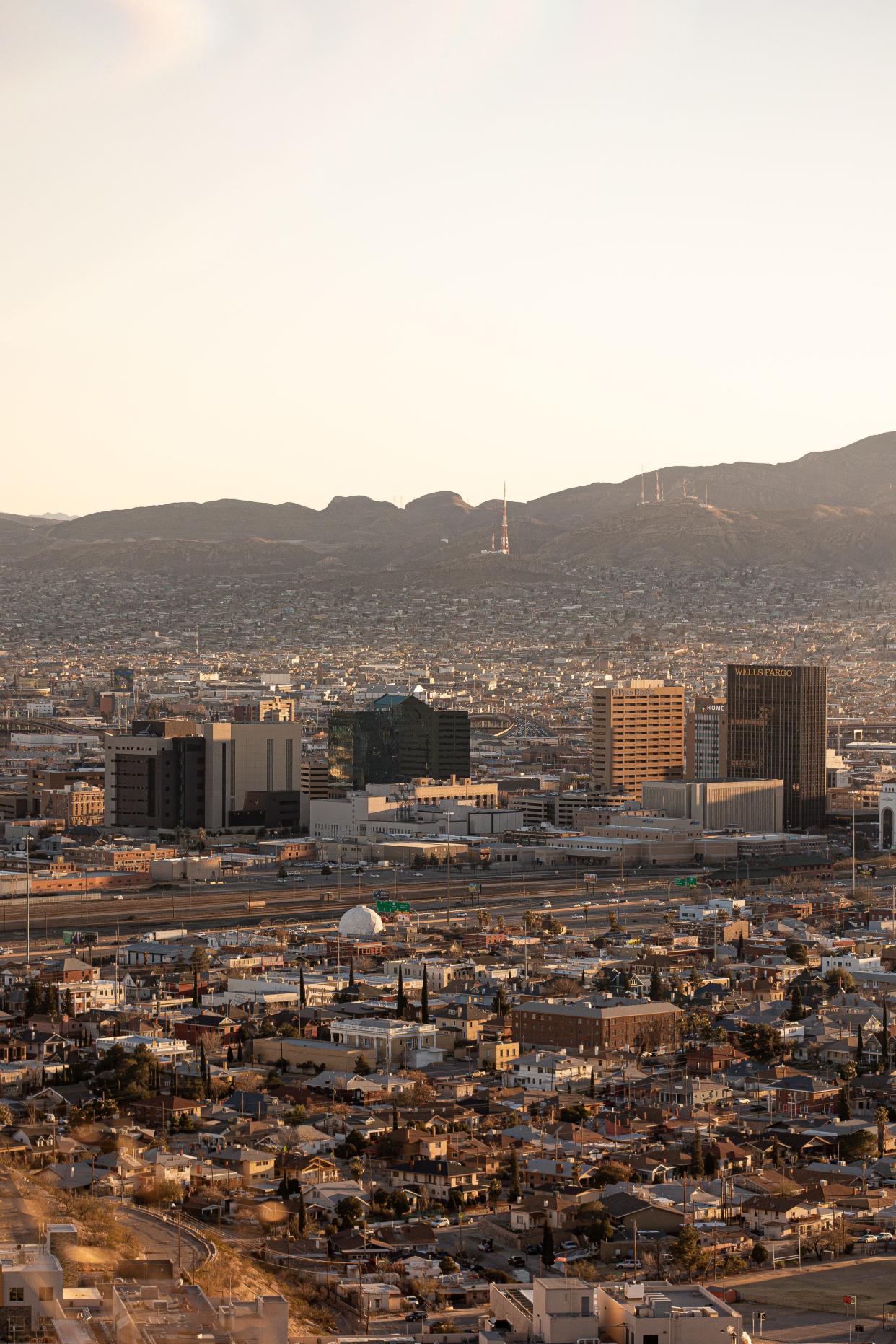When does daylight saving time start in 2023? Clocks 'spring forward' in March

The annual ritual of changing our clocks to daylight saving time is coming at 2 a.m., Sunday, March 12.
Daylight saving time is an annual period when the U.S. and other countries change the clocks to make daylight last longer. In March, the clocks "spring forward" an hour, and in November, they "fall back."
Though it comes up twice every year without fail, the concept of daylight saving time leads to confusion and conversation every year — and we have Benjamin Franklin to thank for that.
Only two states don't observe daylight saving time – Hawaii and Arizona. Other non-observers include American Samoa, Guam, Puerto Rico and the Virgin Islands.
And no, it's not daylight "savings" time, despite how we may say it in everyday conversation.
Do we gain or lose an hour with the time change?
We all lose an hour of sleep when going to DST, as the day is only 23 hours long.
When clocks go forward, that one hour of daylight is basically shifted from morning to evening as daylight saving time begins. We won't go back to standard time until Sunday, Nov. 5.
More:Here's why now is a great time to subscribe to the El Paso Times
Why was daylight saving time created?
The U.S. Department of Transportation says daylight saving time conserves energy. When the sun sets later, it's presumed that people will stay out longer and spend more time outside. Theoretically, that leads to less electricity for lights and appliances.
The debate over daylight saving time, which was first enacted by the federal government during World War I as a way to conserve coal, has picked up momentum in recent years.
Grammar check: It's actually daylight saving time – not daylight savings time
The correct term is daylight "saving" (not savings) time. However, the incorrect term “daylight savings time” is commonly used, especially in Australia, Canada and the United States. It's also supposed to be lowercase, not uppercase, according to the Associated Press stylebook.
What are the downsides to daylight saving time?
Not everyone agrees it offers energy-saving benefits. Some studies report the time switch saves energy on lighting, but is surpassed by increases in heating and air conditioning. It can also mess with our sleep patterns, at least temporarily.
Other health impact consequences, according to various studies and research, include increased headaches, heart attacks and depression.
USA Today contributed to this report.
This article originally appeared on El Paso Times: Daylight savings time 2023: Spring forward clocks on March 12

